By: Tommy Rodriguez
I’ll never forget the week that Kanye West’s The Life of Pablo came out. I was but a tiny freshman at the time, a newbie to the ever growing hype of big rap releases as I began to embrace the genre as an art form. At the time, I was on vacation in Colorado (as I presently am three years after), and the hype was insane. Imagine being introduced to Kanye West’s Twitter, hip hop, and high school hype culture all at once during the absolute chaos of The Life of Pablo’s rollout. After several titles were changed, tracklists were scrapped, and revelations were made about Kanye’s love of assplay, we were finally given a date for a Tidal livestream of the album at Madison Square Garden: February 11, 2016. My brother and I were hyped. I loved all of Kanye’s albums more than anything else at the time; my Spotify account could prove that. As the day of the livestream rolled around, me and brother (like everyone else) downloaded Tidal for a free trial…And the WiFi crashed.
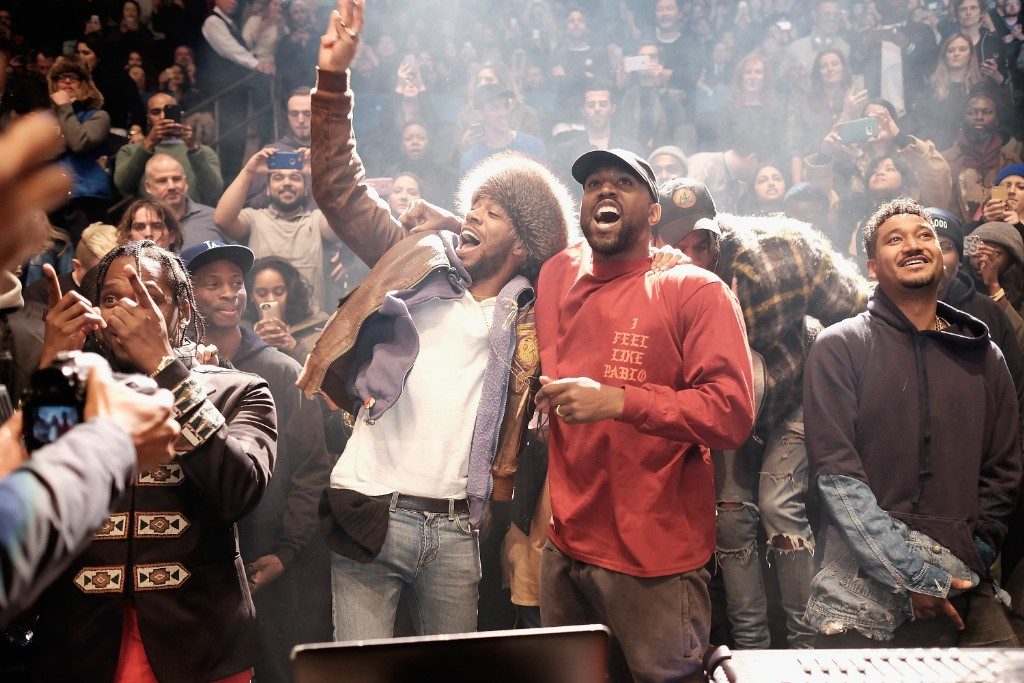
Of course we were heartbroken, but this is the Internet, where anything is available if you ask. Needless to say, we found a way to hear the album in full. Our reaction was similar to the majority of the hip hop community at the time: meh. It was a cluttered mess, full of absolute absurdity in its words, absolutely unhinged, and the tone changed so much that it was hard to believe that someone could work on an album for so long, and call it “one of the best albums of all time”.
So why do I find myself returning to it so damn much? Some may point to the updated versions of the album on streaming platforms, adding new tracks, instrumentals, and switched lyrics to make a better project. Others may point to me being a shameless Kanye stan (after all, I gave his “worst” album a nine). But as I relisten to this hodgepodge of quasi-religious imagery, modern and old school production, and laptop obsessed lyrics, I now see this as the most Kanye of all Kanye albums. A schizophrenic mess of celebration and depression, The Life of Pablo is one of West’s most predictive efforts in his whole discography. Predictive not only in how the rap industry cogs turn, but how Kanye has fully evolved into the psychologically damaged, egotistical figure he’s always hinted at before.
Fortune Telling:
Kanye has always been an innovator, no one can argue that. Whether it be the extremely pricey fashion line he promotes, his crawling-so-Drake-could-run emotions on 808s and Heartbreak, or his usage of outside help in crafting pristine bars and beats on his various projects, Kanye’s forward-thinking style of album making can often lead to a sea change in the music world. The Life of Pablo is probably the biggest foreshadowing of today’s album making process, exemplified by the stellar opener “Ultralight Beam”. Hip hop’s massive obsession with Gospel music from 2016 to the present, while not outright incited by the angelic track, was thrust in front of everyone’s tastes through this track, especially with Ye’s employment of pacifist lyrics, choirs, famed priest Kirk Franklin, and a career defining verse from Chance the Rapper. Chance’s Coloring Book mixtape was very much in the vein of this religion-infused track, winning a Grammy and inspiring dozens of artists to reflect on theology and humanity in their own works (Kendrick Lamar, for example, continued this trend on DAMN.). What’s even crazier is that “Ultralight Beam” reflects how many of today’s rappers craft their tracks now: the main artist is just a small part of something much bigger than themselves, being more so the mind of the operation than the muscle.
The influence and predictive nature of TLOP doesn’t end there, however. The internet based nature of the record is reflective of how artists today use their social media and fan-reception to create a project to suit fan needs. People spoke out multiple times on Kanye and Kim Kardashian’s twitter accounts to voice their feedback on “G.O.O.D Friday” single releases and vote for their favorite album titles, with titles like Waves, Swish, and So Help Me God being dropped. TLOP was messily released to the public, but the usage of fan communication and album updates are commonplace nowadays in the streaming age (see Travis Scott’s previously unreleased verse on 21 Savage’s latest album). This is a trend that has never received as much attention as when West did it.
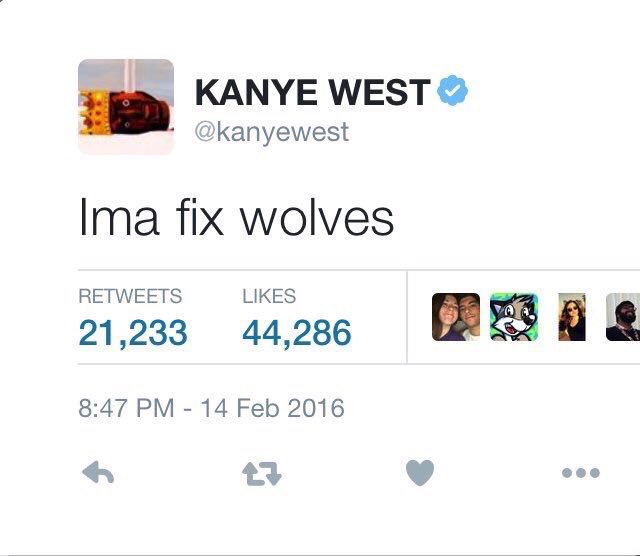
After fan outcry, Ye claimed we would fix the track “Wolves”, turning it from a sonic mess to a hauntingly minimal reflection on family featuring both Sia and Vic Mensa; Frank Ocean’s outro on the subsequent “Frank’s Track” provided a level of depth unseen on the record, making “Wolves” a clear highlight”. The soulful and pleading closer “Saint Pablo” was outright absent on TLOP’s initial release, but due to positive fan reactions and streaming’s easily manipulated tech, the heart wrenching track was added as a poignant closer for the album. Adding tracks was something only seen on bonus version of albums prior to this; now an artist can turn a single album to a shifting expression of art!
Kanye’s influence can be reflected in more than just his album editing process on the interwebs: his control on the industry is present in his collaborative efforts too. Atlanta-based producer Metro Boomin was well known to many a hip hop fan, but after hearing the masterful choral beat drop on “Father Stretch My Hands Pt. 1”, even the abuelas down the street knew what Metro would do if he didn’t trust you. Present day stars like Post Malone and Young Thug, making a slight bust into the mainstream poposphere in 2016, were quickly thrust into the limelight after their contributions on the record. Thugger’s clout points, gained from his singing on “Highlights”, made him viable to many an artist in need of hooks, and Post’s crooning on the bass heavy “Fade” (a track that was changed three damn times) put him in a position that launched him to the top of the charts! Sure, some artists definitely became forgotten after their features here: Desiigner’s “Panda” remix in “Pt. 2” and brilliantly psychotic verse on “Freestyle 4” gave him some brief stardom, but now he’s as washed as a clean T-shirt. What matters here is that TLOP’s collaborative language put these currently well-known artists in our head, and gave them a chance to shine. Classic Kanye.
Tracklists Born from Hell (or Heaven)
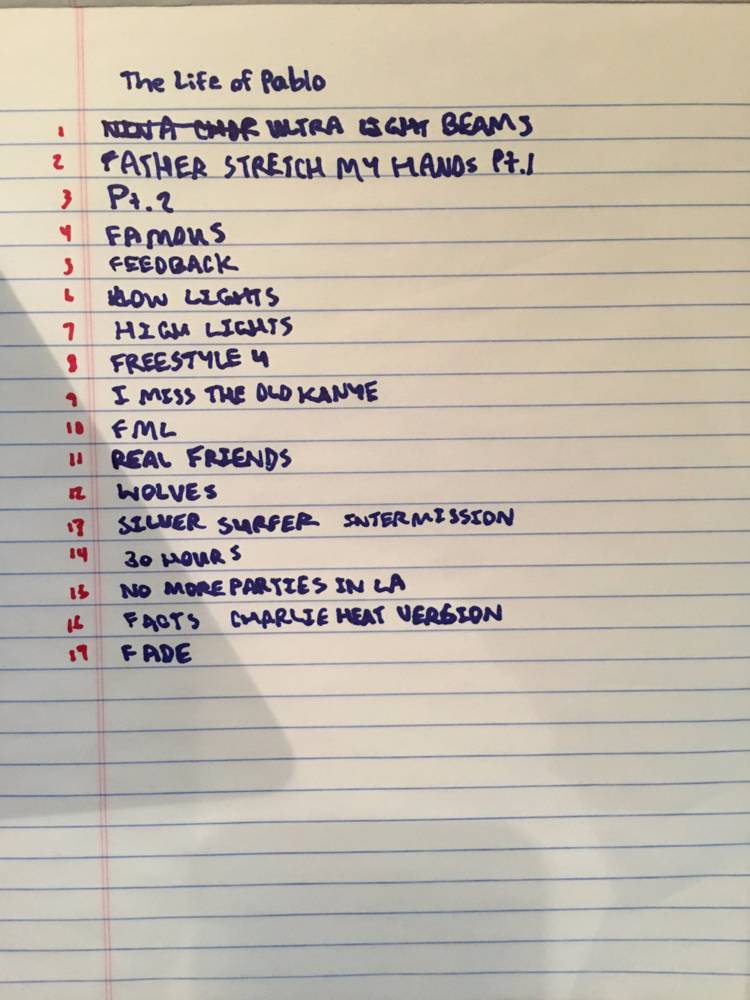
The final, 18 song tracklist of TLOP… 
Was born from a scrapped 10 song tracklist that seemingly followed a more conceptual route.
The Life of Pablo is more than just a case study of Kanye’s streaming and collaborative efforts; it’s also a doorway into his creative processes. The bloated tracklist, placement of seemingly random interludes such as “Low Lights” or “Silver Surfer Intermission”, and scattershot song placement makes this album an absolute mess on one level. On other levels, TLOP has some of the smoothest sonic and thematic transitions on any Kanye album, the most diverse selection of musical styles in his catalogue, and some of his best collabs to date. It’s both modern and old school in the production. The project bubbles under its minimalist and maximalist surface with chaos. West is very much an “albums artist”; every project has a goal, and does its absolute best to reach it. The goal of this album is, in a way, to display Kanye’s chaotic (yet refined) way of making music. It’s Kanye’s messed up creativity for everyone to hear, backed up by Weeknd hooks and bleached body parts.
Let’s explain the the turbulence of the album itself. Kanye’s been known to have a million ideas in his head at once, so the fact that he let that unhinged creativity flow on the album (more so than ever) is actually genius. You’ll see all types of Kanye tracks here: the beastly anger and cynicism of “Feedback”, the autotune-obsessed chill of “Wolves”, the self awareness of “I Love Kanye”, the old-school conscious rap of standout “Real Friends”. The mess of tracks and styles here serve as a potluck of all of Kanye’s previous attitudes and song ideas, playing into the deranged hitmaker persona he’s known for. Kanye fans seem to constantly be in a tug of war between backpack-era Kanye or modern Kanye, and that struggle is tangible on the record’s inner components. Who else would work with hip hop staples like Kendrick and Madlib, only to work with newcomers like Ty Dolla $ign or mumble rap scapegoat Young Thug, but the nostalgiac yet unshackled Mr. West?
The styles of the tracks themselves aren’t just a complete mess borne from Kanye’s brain; the songs themselves are wildly different beasts from each other. They can range from 30 seconds to six full minutes, features can go in completely unexpected directions (ala Andre 3000’s backing vocals over the soulful and nostalgic track “30 Hours”). It’s all Ye’s musical tastes/fetishes, representative of his scatterbrained and eclectic approach to making songs. It appeals to his fanbase while still maintaining the unique drive we’ve come to expect from the Louis Vuitton Don. If this were a demo album, it wouldn’t be shocking; because of TLOP’s voluntarily messy nature, however, it’s less of a failure and more of a unique facet of the album.
END OF PART 1. STICK AROUND FOR PART 2 AS I GO OVER THE ALBUM’S THEMES AND RELATION TO KANYE’S MENTAL STABILITY
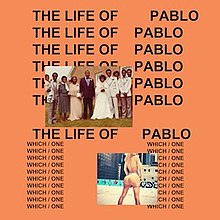
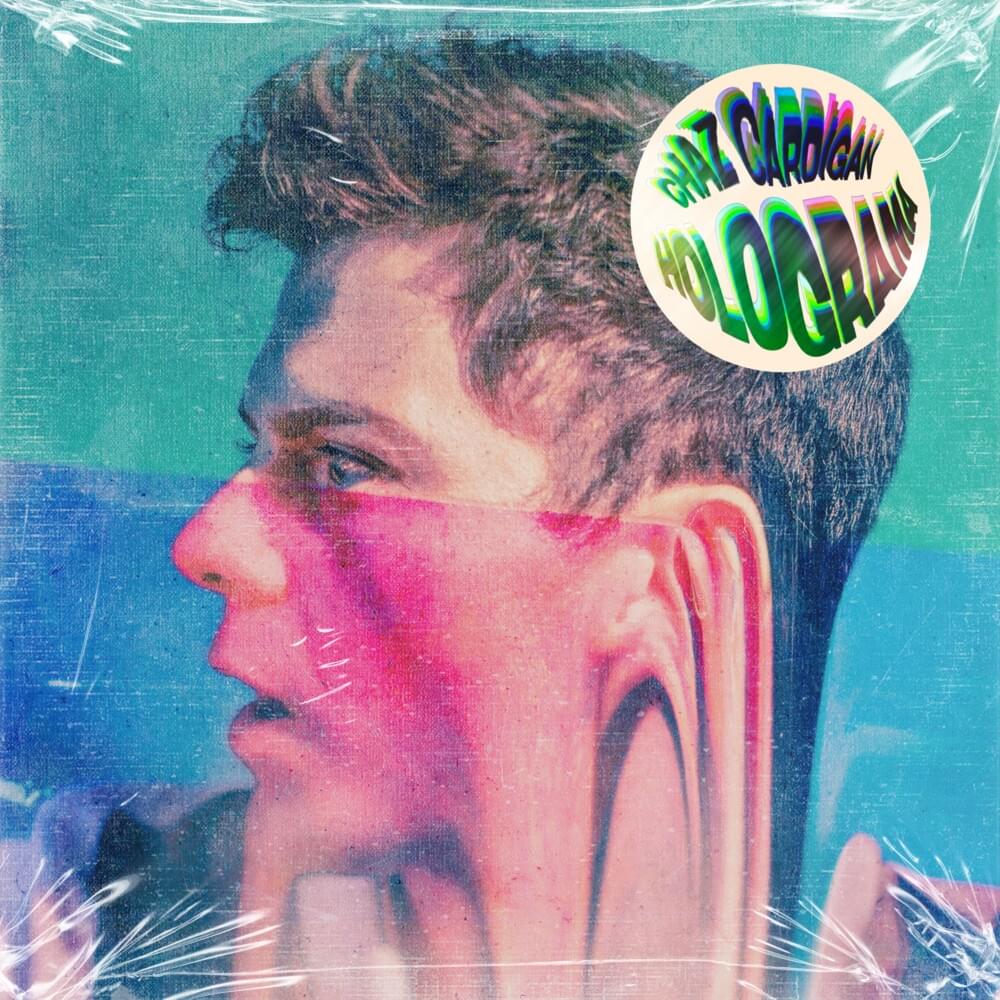
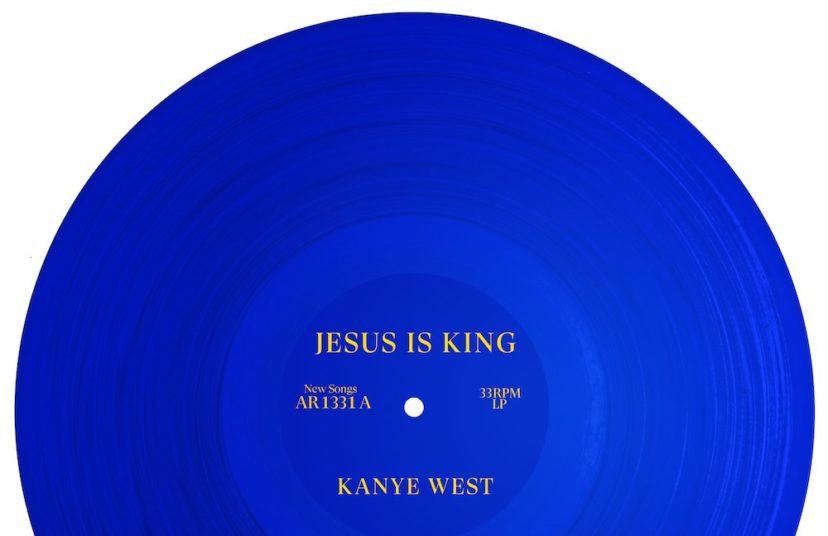
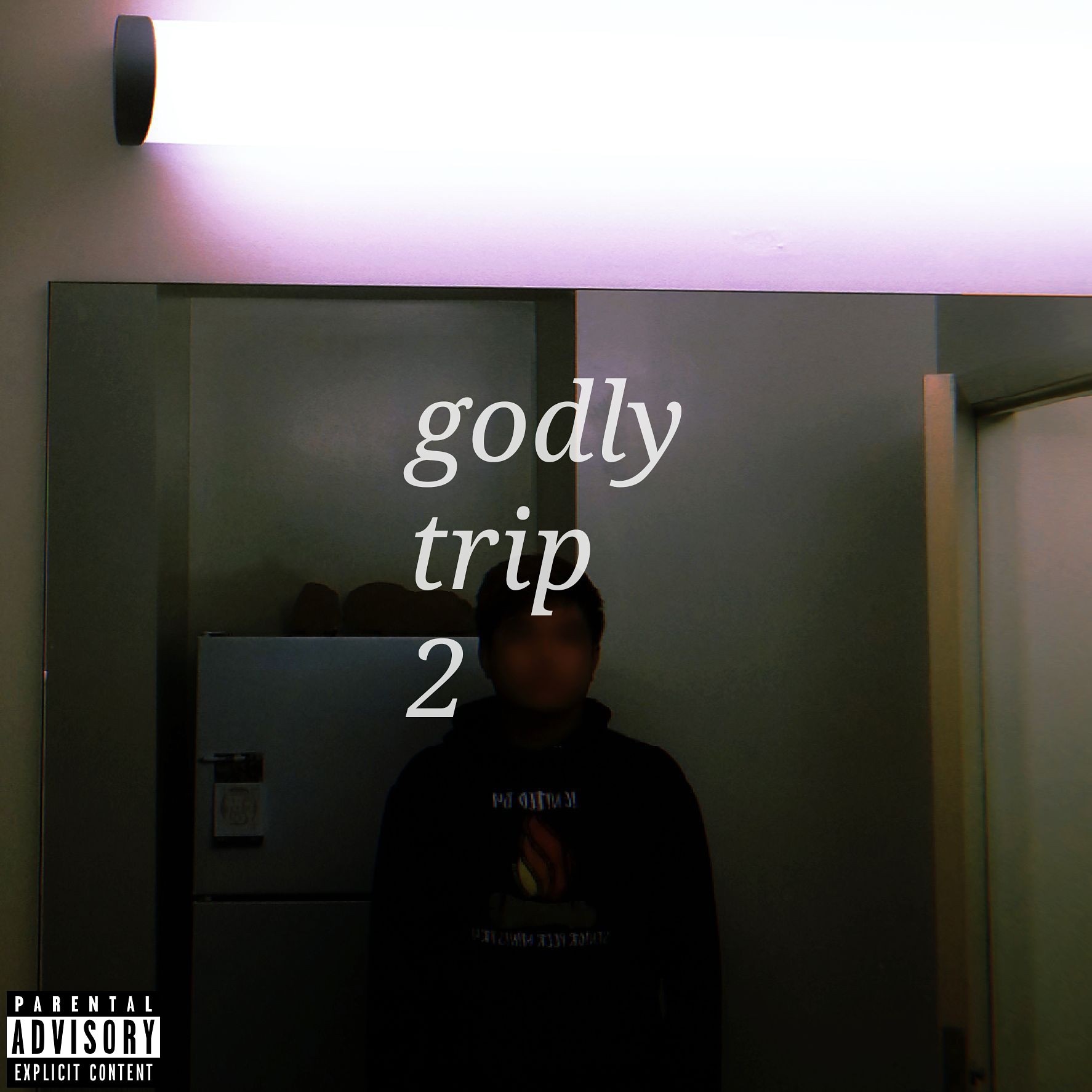
Outstanding T-Rod. Great thinking around more than just the music but the artist and all that goes into telling a story through music. And in this case how his unique concepts and approach have impacted the music industry and other artist. Proud of you buddy!!
Fade would’ve been an awesome outro ugh